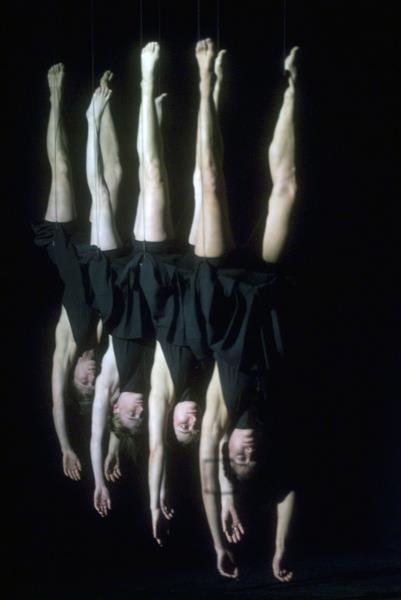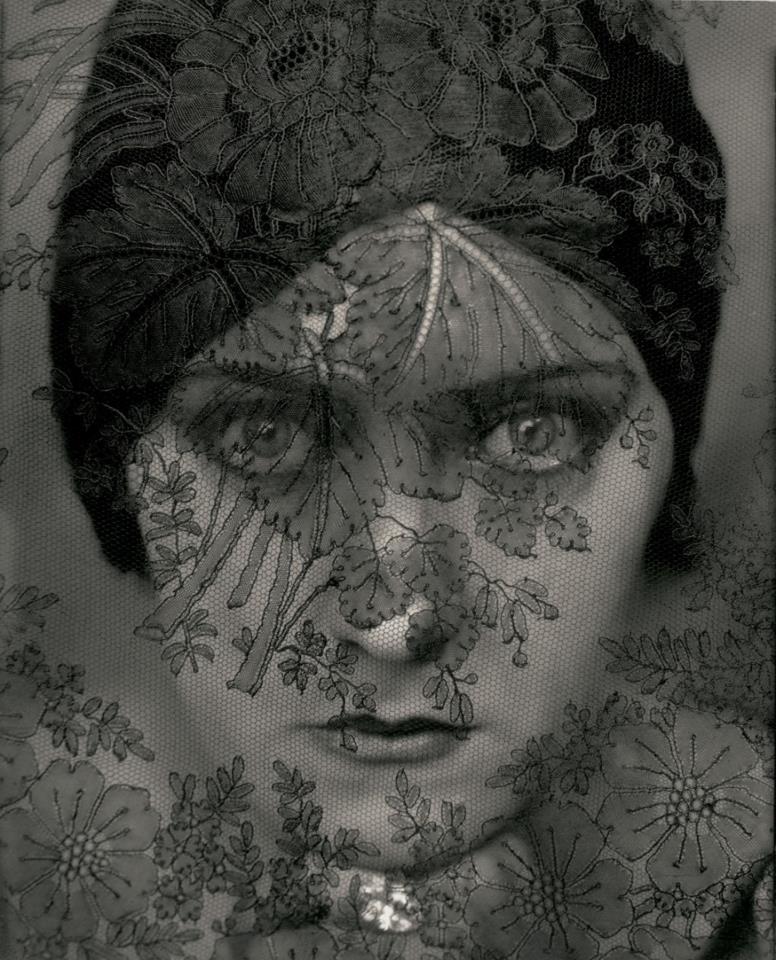


TARIK KISWANSON
Father Form
Each “Father Form” becomes a sort of portal, a vessel for a trance-like experience. Upon entering, the spectator will become multiplied, obliterated, and disjointed by the multiple reflections. This sensation is amplified by the profound sonority of the work. These sculptural vessels blur the boundaries between inside and outside, opening and enclosure, the individual and the collective.

Marc Swanson
Marc Swanson (American, b.1969) works in diverse media, including sculpture, drawing, collage, photography, video, and installation. The artist employs a refined range of materials, relying on a concentrated vocabulary of wood, glass, textile, naturally-shed animal antlers, and precious metals. He often juxtaposes “high” and “low” materials in the same work: rhinestones, gold and silver chain, and black mirrored panels meet lumberyard two-by-fours and white cotton t-shirts coated in latex.

Tarik Kiswanson
Vestibules
Kiswanson calls his new series of suspended works “Vestibules” — a term that refers both to the structure of the organ in the inner ear that regulates vision and balance as well as to architectural antechambers — quite literally a space between. These organic forms constantly vibrate and rotate. Their shapes are derived from elements of Roman and Islamic architecture, as well as small mechanical pieces used in motor engines.more…


Andrea Ling
The Wild Swans
The project is the creation of a series of kinetic garments that tell the story of “The Wild Swans” by Hans Christian Anderson. In the fairy tale, 11 princes have been turned into swans from a transformative spell cast by their wicked stepmother. Their sister, the princess, rescues the princes by collecting stinging nettles and knitting them, under a vow of silence and in great pain, into magical shirts so that her brothers can return to their human shape. She is very nearly done knitting them all when she runs out of time; she throws the sweaters onto her brothers to transform them, but the last one is incomplete, leaving her youngest brother forever with a swan’s wing instead of an arm.

KRIS VERDONCK
I / II / III / IIII
In I/II/III/IIII, choreographer and visual artist Kris Verdonck transforms the stage into a life-size dollhouse. Four female ICK-dancers – not unlike marionettes – are floating in mid-air, suspended from a huge machine. A solo, a duet, a trio and a quartet follow one another in this choreography of identical movements. A game of surrendering to the machine and at the same time, searching for control. The images evoked by I/II/III/IIII are confusing and ambiguous: the dancers almost look like graceful, fragile swans … but they also remind us of animal carcasses being dragged along, floating angels, falling human bodies and everything in between.

